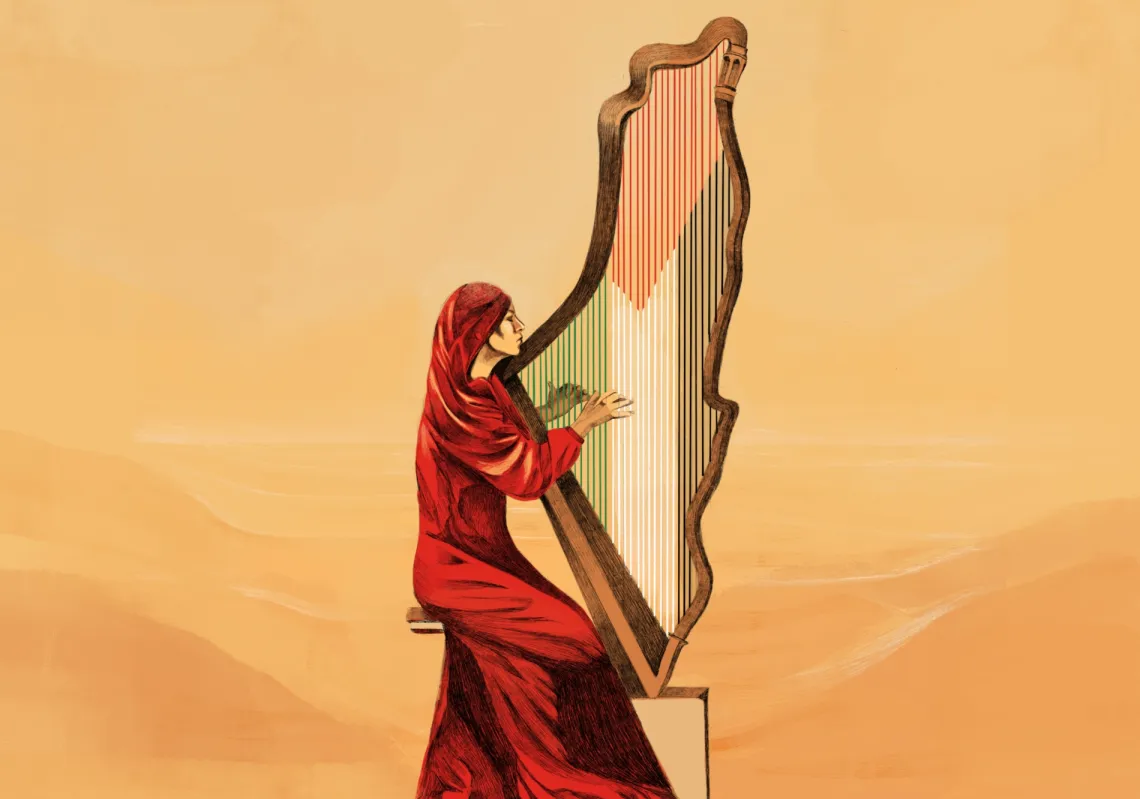 Rose window stained glass in the San Camillo Church in Milano, Italy. This wonderful "gothic rosone" was created by an anonymous stained glass artist in the end of the nineteen century, and gifted to the church.[/caption]
Rose window stained glass in the San Camillo Church in Milano, Italy. This wonderful "gothic rosone" was created by an anonymous stained glass artist in the end of the nineteen century, and gifted to the church.[/caption]by Revd John Chitham
Mothering Sunday in Christian tradition goes back hundreds of years; no one knows exactly how far. It arose as the girls and women working “in service” (that is to say, working as servants for wealthier people) were allowed home to visit their “mother church”. The mother church was the place where they were brought up as Christians and had been taught the Christian faith, where they were baptised and christened. It became a regular day in the year, the fourth Sunday in Lent. Lent is the period in the Christian year when Christians fast and pray in preparation for the great events of Easter. In this great celebration the servants were needed by their employers but a few weeks before they could be released for a short holiday.
So the servants went home and to church on the Sunday. Of course at the same time they would meet their families who would have remained at the family home. Another tradition then arose: that they picked flowers on the way home to give to their mothers when they met them. In this way the modern traditions of Mothering Sunday came into being. In those far off days, before transport, cards, internet and all the trappings of modern life, we can perhaps imagine the joy of that day. It was a family reunion, a joy for mothers and children alike, and a time to give thanks to God in church.
There was yet another tradition that has been revived in recent years. The servants would bring home with them the “simnel cake” to share with the family. A simnel cake is a light fruit cake with a marzipan topping and 11 marzipan balls. These balls present the 11 apostles who followed Jesus. In my church the simnel cake was always awaited with relish!
[caption id="attachment_55253106" align="aligncenter" width="5610"]
 Simnel cake is traditional English cake made and eaten at Easter and on Mother's Day[/caption]
Simnel cake is traditional English cake made and eaten at Easter and on Mother's Day[/caption]By the early 20th century the tradition of Mothering Sunday had waned outside of England, and the idea was revived in the United States, but on a different day. This was directly connected with mothers and is much more secular. This is why different countries celebrate different days for Mother’s day. It has also been affected by modern commercialism with many companies and restaurants making a great deal of money from the day.
Nevertheless the origins are simple, profound and Christian. In the social need of divided families, a day was set-aside for the servants to remember where they came to faith, give thanks to God for his salvation, and visit their human family. In this way they also celebrated and were reunited with their mothers.
*John Chitham is Senior Chaplain to the Bishop of Blackburn









